Brazilian Jiu-Jitsu: As a necessary way to succeed in combined battles
- Gil Peleg

- Aug 2, 2021
- 9 min read
Updated: Jun 16, 2022
In this article, we will look at the history of Brazilian Jiu-Jitsu: What is the origin of Japanese Jiu-Jitsu? For what reason, Japan rebranded Jiu-Jitsu as Judo? How was Japanese Jiu-Jitsu spread throughout the world? How did Brazilian Jiu-Jitsu develop? How did Brazilian Jiu-Jitsu come to the Western world? How is Brazilian Jiu-Jitsu developing today? Is Brazilian Jiu-Jitsu Effective for Self-Defense? What are the basic techniques of submission in Brazilian Jiu-Jitsu? How one can advance in the ranking of belts in Brazilian Jiu-Jitsu? What is Brazilian Jiu-Jitsu are wearing? Is there any special protective gear for Brazilian Jiu-Jitsu? What does Brazilian Jiu-Jitsu training equipment include?
What is the origin of Japanese Jiu-Jitsu?

Brazilian Jiu-Jitsu has an ancient tradition dating back about 1000 years. Originating in Japan, it has evolved over the years as a unique method of integrated martial arts. Professor Jiguro Kano (1860-1938), the founder of Japanese Jiu-Jitsu, began to study this method for a simple reason, because using him, for a smaller person, there is a chance to defeat a larger and stronger opponent. Being a versatile person, he loved to learn something new in various fields of martial arts. After several years of training in various methods, he decided that it would be wise to extract the most effective elements from each of the methods he learned, and in 1882 Kano opened the Kodokan dojo and began teaching Jiu-jitsu to the local security forces in a small room. This school, in about 30 years, turned into a martial arts empire, which included about a thousand black-belt students.
For what reason, Japan rebranded Jiu-Jitsu as Judo?
In the 19th century, when Western culture prevailed over the old order in Japan, within a few years the country turned into a modern society, in which there was no place for schools with a bias towards fighting. As a result, Kano decided to transform Japanese Jiu-Jitsu into a martial art that could be taught to the general public in a modern sports format. Professor Jiguro Kano, the founder of Japanese Jiu-Jitsu, decided to rebrand the system to turn it into a sport called Judo, eliminated dangerous techniques such as punches and kicks, and created a method that allows you to fight at full strength without getting injured.
How did Japanese Jiu-Jitsu spread around the world?
Professor Jiguro Kano wanted to spread the Japanese Jiu-Jitsu method all over the world, so he sent five of his experts around the world. The distribution strategy was based on specific marketing tactics. Kano experts have traveled to prominent places in various martial arts around the world and invited experts in all existing techniques to compete with them. Working with hundreds of thousands of different combat experts, they have excelled in two main areas:
Have gained a lot of experience in combined fights with different styles of martial arts such as Boxing; Karate; Kung Fu; Wrestling and more.
They gained recognition all over the world thanks to practical battles and not just theoretical studies in a narrow field of activity.
How did Brazilian Jiu-Jitsu develop?
One of the five Japanese Jiu-Jitsu experts sent in by Professor Jiguro Kano, Mitsuyo Maeda (1878-1941), was an expert on Japanese Judo. After more than 2,000 victories in professional fights in Spain and Portugal, in 1908 he was nicknamed the Combat Count (Conde Coma). For his accomplishments, he was nicknamed "the coolest man who ever lived" and he was also considered the father of Brazilian Jiu-Jitsu. In 1916, Maeda performed at the American Circus in Belem, owned by Gastão Gracie. Gastão's sons: Carlos and Helio Gracie became interested in Maeda's experience and began to practice his method. Over the years, they created a new method based on the study of Mitsuyo Maeda's style and called it Brazilian Jiu-Jitsu.
How did Brazilian Jiu-Jitsu come to the Western world?
Brazilian Jiu-Jitsu has developed in a special furrow as a versatile method that includes extensive experience in a variety of fights with a variety of martial arts. In the early 1990s, Brazilian warriors entered the Western world and began to compete. Fighters of various schools around the world were not ready for the universality of the method. As a result, Brazilian fighters have dominated mixed martial arts (MMA) in the western world for a long period of about 10 years. The world was not ready for the Brazilian way of fighting Jiu-Jitsu, while the Brazilians knew well how to fight against all methods.
How is Brazilian Jiu-Jitsu developing today?
Years later, the Western world came out of its initial shock and realized that to defeat Brazilian Jiu-Jitsu, fighters must first learn their method. As a result, after about 15 years, the gap was closed between Brazilian fighters and fighters of other martial arts. Other martial arts have combined Brazilian Jiu-Jitsu with their particular fighting method. That is, they went through an evolutionary process to survive and win. They created a hybrid of Brazilian Jiu-Jitsu with their methods, which were much more modern for the needs of combined combat. On the other hand, the Brazilian schools closed on themselves and decided not to develop. This was their fatal mistake, contrary to the principles of the original creator of the method, Jiguro Kano (1860-1938). Namely, to be universal and constantly evolve. As a result, the Brazilians started losing battles to other schools from all over the world.
Is Brazilian Jiu-Jitsu Effective for Self-Defense?
Brazilian Jiu-Jitsu is especially effective in self-defense against a single opponent, specializing in submission with locks and choke techniques, that is, the fighter moves the fight to ground level where the opponent's weight, strength, size, and height are understated. The method helps to develop physical fitness, cardiopulmonary endurance, explosive strength, and much more. Admittedly, there is a downside, and it emerges from the same ground-based combat strategy. So what does this mean? When it comes to multiple attackers, our main goal is to survive either with a temporary retreat or stand up to fight. Whereas fighting with hands and feet, there is a chance to get out of the plight. Agree, fighting on the ground against more than one experienced enemy is not very effective! That is, when it comes to self-defense against a large number of intruders, this method can even be dangerous. Therefore, for self-defense against a large number of opponents, it is always worth practicing additional methods, such as Moy-Tai, Kickboxing, Karate, Kung Fu, Taekwondo, and other styles in which self-defense exercises are practiced while standing. Namely combined martial arts (MMA).
What are the basic techniques of submission in Brazilian Jiu-Jitsu?
The strategy of fighting in Brazilian Jiu-Jitsu is reduced to the subordination of the opponent or the decision of the referee. The opponent can be subdued tactically, with the help of strangulation or a bolt. Bolt exercise is the application of physical strength to the joints of the body. Bolts on small joints such as fingers or toes are prohibited in Sports Jiu-Jitsu. In addition, there are pressure bolts, the function of which is to apply pressure to the muscles or tendons of the opponent by applying force to the bone, against its natural movement. Choking exercises are divided into two main types: bloody and throat suffocation. When the former is more common.
How one can advance in the ranking of belts in Brazilian Jiu-Jitsu?
In Brazilian Jiu-Jitsu, as in most Japanese martial arts, belts of different colors are used. When progress depends on two main factors: the amount of technical knowledge in this area or the ability to fight (competitions). Whereas, competition is the main component of promotion in rank.
What does the training equipment of the Self-Defense trainer include?
Following the history of the method, great importance is attached to the formation of functional muscles. On the one hand, it is necessary to work on speed and agility in movement, and on the other hand, to develop muscles to increase strength and power. To succeed in this task: Need to work with small weights, many reps in each set; Also combine with strength training, it is advisable to consult with a trainer so as not to damage the muscle ligaments; It is recommended to work with a wrist expander and rubber for dynamic loading; With heavy training rope; a lot of reps on a heavy and light boxing bag; With a punching bag, etc ... It is imperative to practice throwing, choking, blocking, kicking and punching. Punches and knees on the trainer's abdomen may only be performed with suitable and safe belly protectors! In the tactical training of Krav-Maga, rubbery equipment is used like knives, padded sticks, etc... One needs to use equipment that has passed strict safety tests. When signing up for a club, check if their gym floor is well protected and if there is a suitable protective pad against falls, throws, etc. Below is a list of the recommended trainer equipment when teaching Self-Defense:
How important is personal protective equipment when practicing Self-Defense?
Good schools understand the importance of protective equipment when teaching martial arts in general and in combat in particular. Demonstrations and battles are not allowed without appropriate protective equipment! These are usually inexpensive shields compared to the physical damage they prevent. Also, there is no insurance without protective equipment! When striking a punching bag, be it a jab, cross, hook, or uppercut, boxing gloves should be used. It is recommended for full contact to use a body protector that maintains the integrity of the ribs. Also, shields for the head, teeth, groin, and legs are recommended.
It is very important to practice Self-Defense using rubber training knives and even more important during training to wear appropriate protective equipment: such as glasses designed to protect the eyes; a body protector; a Head guard against receiving an unwanted blow. The following is a list of recommended equipment for knife defense studies:
With what equipment is it recommended to practice Self-Defense at home?
To learn Self-Defense, one needs to practice the same thing, many times over. This is not a theoretical area compared to other martial arts where one can learn from a trainer by watching directly through a computer. So practice and interaction are of the utmost importance. Although, it is worth it and even recommended to work at home on punches and kicks, strength training, etc. For this purpose, it is possible to purchase minimal personal equipment that does not take up much space at home. Prepares physically for classes in the section. It also improves the following parameters: Strength, flexibility, cardiopulmonary endurance, and more.
Using a yoga mat, abdominal muscles can be improved; Training weights are to improve muscle strength; Using an adjustable strength bench can strengthen chest muscles by lifting weights; A free-standing punching bag is a perfect solution for punching and kicking improvement at home ... Below is a list of recommended equipment for home exercise:
Home training is recommended to be performed under the supervision of a certified trainer. It is recommended to avoid exercising alone at home!
How important is cardiopulmonary endurance in Self-Defense workouts?
First of all, this is health, and secondly, in a battle that does not end in a short time, the one who has cardiopulmonary endurance wins. To improve cardiopulmonary endurance, it is recommended to take brisk walks, combined with running, to increase and decrease the pace. These runs can be done outdoors, on the coast, on a Treadmill, or on a Home spinning bike. Recommended: Wear suitable shoes while running, and document and monitor your calorie burn and heart rate with your Smartwatch. Also, with the help of this it is very easy to see improvements in cardiopulmonary endurance, In fact, all your actions are recorded using a computer, and there is a training history. The following is a list of recommended personal equipment for home workouts, for developing cardiopulmonary endurance, and for monitoring and controlling progress:
Home training is recommended to be performed under the supervision of a certified trainer. It is recommended to avoid exercising alone at home!
Summary of Brazilian Jiu-Jitsu
Brazilian Jiu-Jitsu is one of the most effective methods of self-defense against one opponent. It turned out that it is worth combining with other martial arts in which standing fights are conducted. All this is to create a more universal method (MMA). We scanned the origin of the method and how it came about around the world. We discussed the importance of continuous improvement and development of the method in the Western world and how Brazil has lagged for many years. We briefly reviewed, the types of strangulation and submission, how to advance in ranks, and what are protective equipment, training equipment, and what is worn in training are.
The author - Gil Peleg.
Dear friends, I invite you to read more about applicable Self-Defense in our Group below:
Dear friends, SUBSCRIBE to the Fitness Warriors Club's blogs page, and be the first to read new articles on the issues of Self-Defense:
Amazon's affiliate program - Fitness Warriors Club is participating in Amazon's affiliate program through the Website & through professional blogs where there are links to products marketed on Amazon. Fitness Warriors Club is not responsible for any economic and operational activities related to this program as for the refund of any payments regarding this program. All these issues will be settled with Amazon.


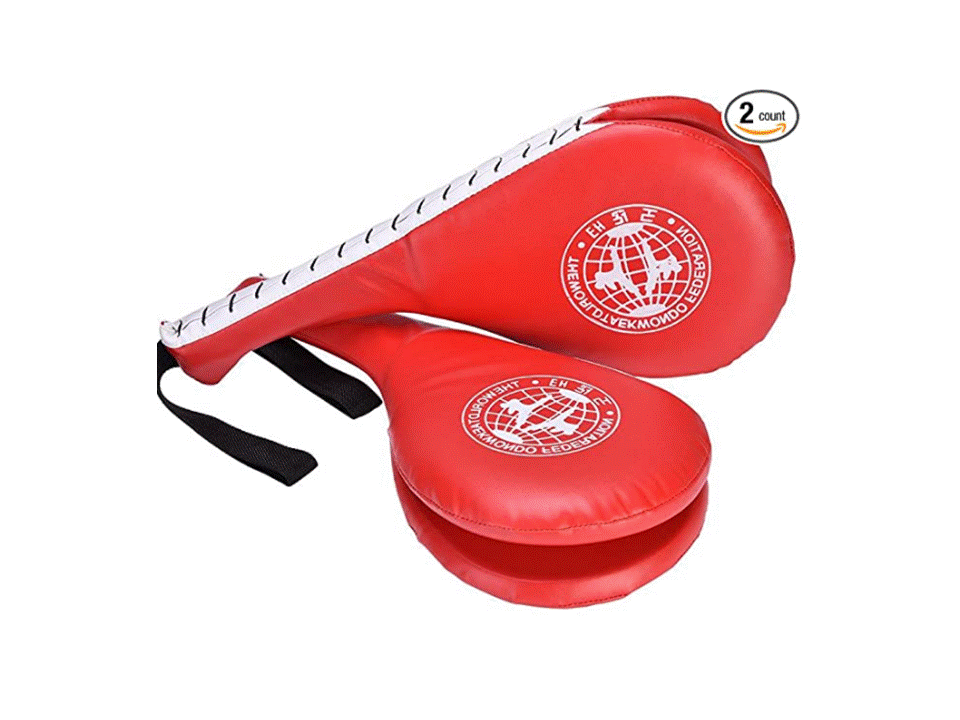


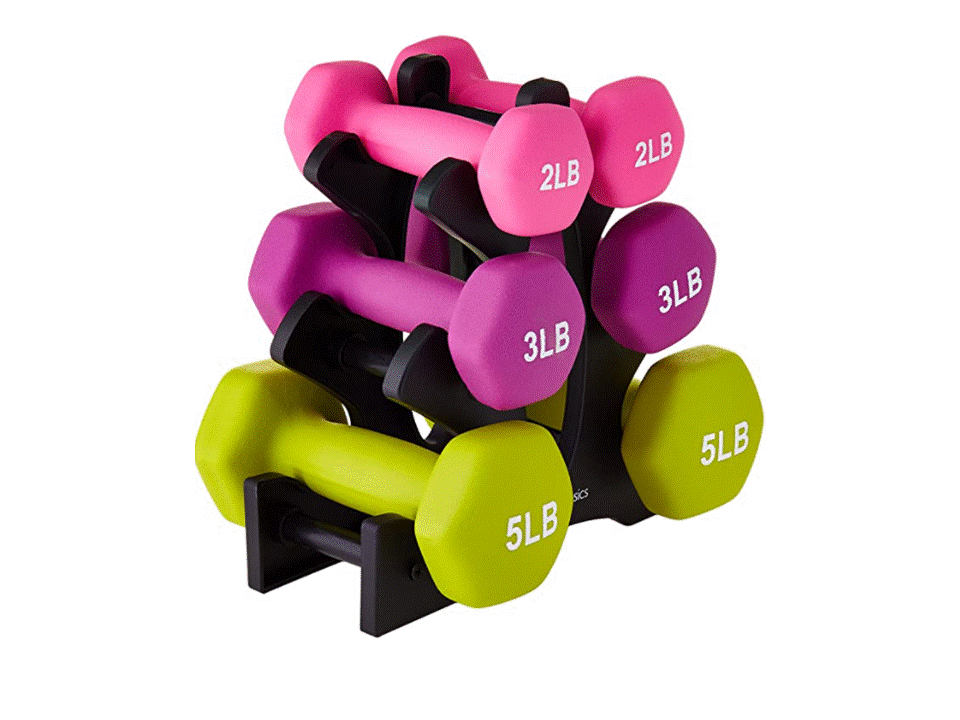
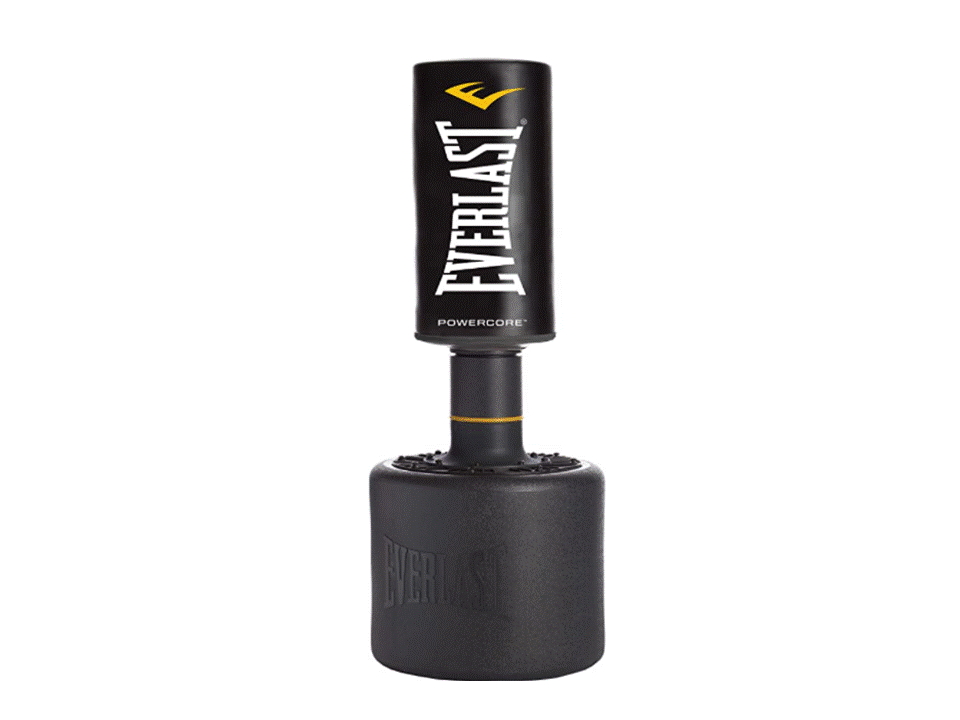
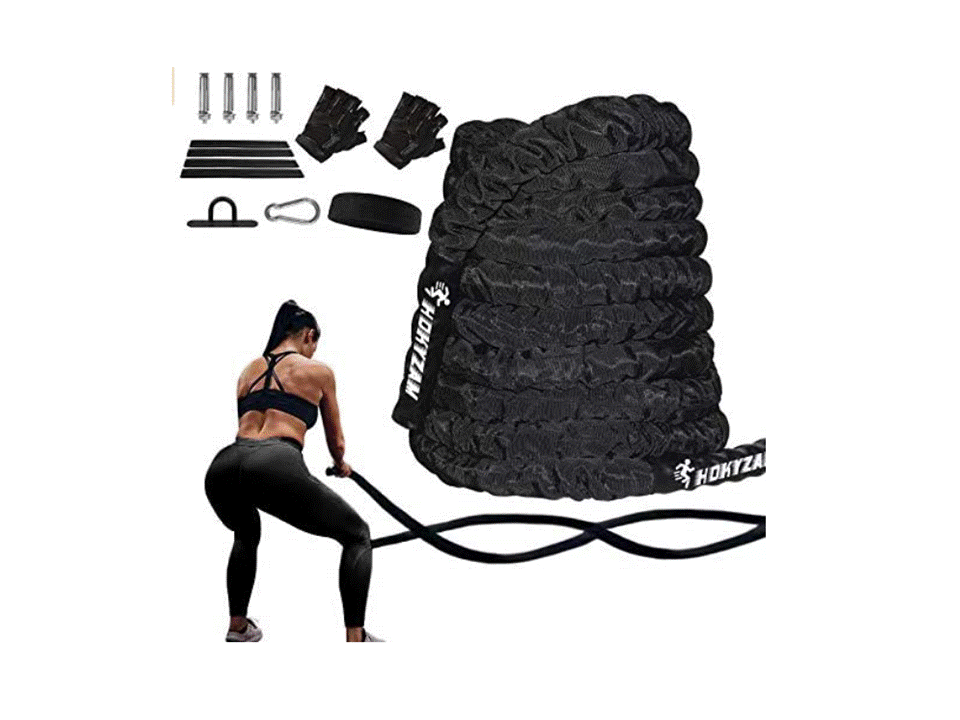












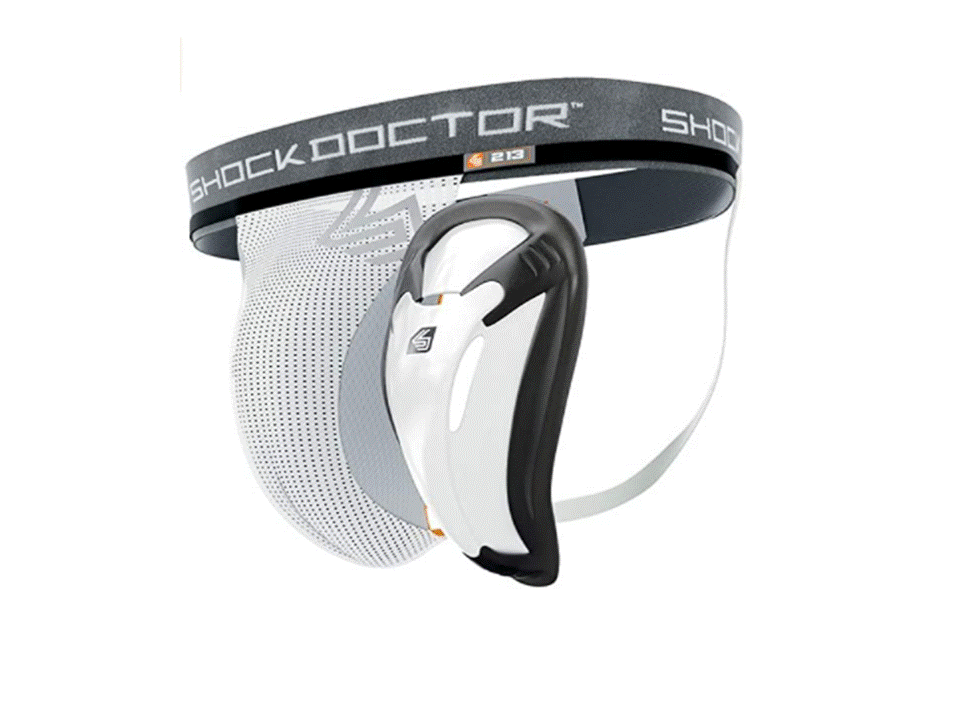
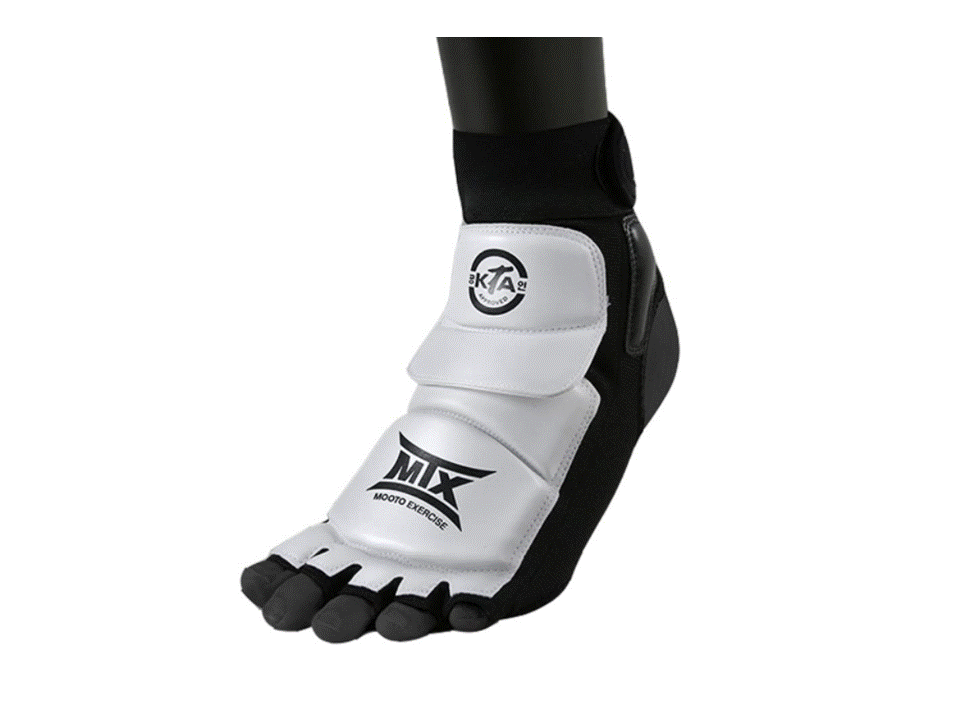
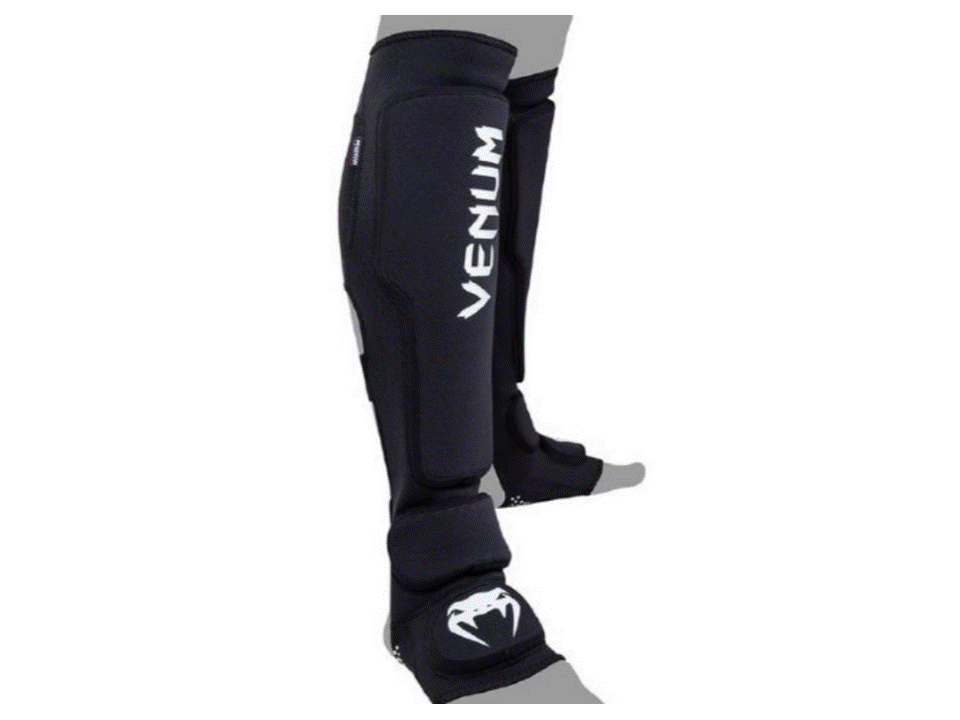
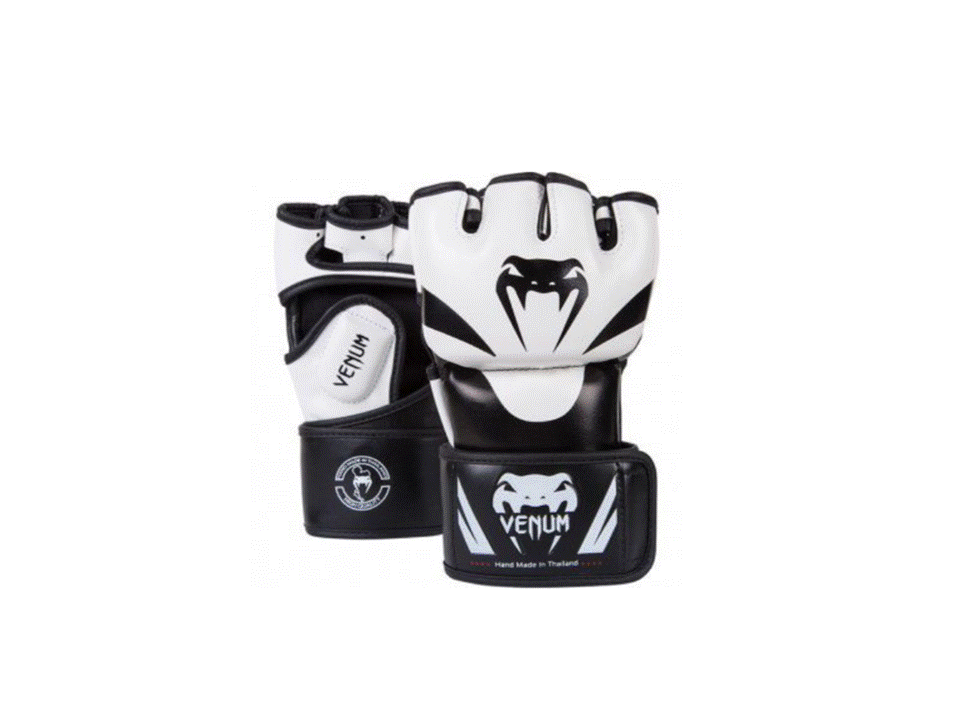

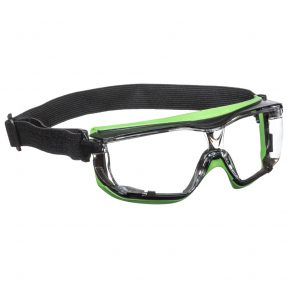










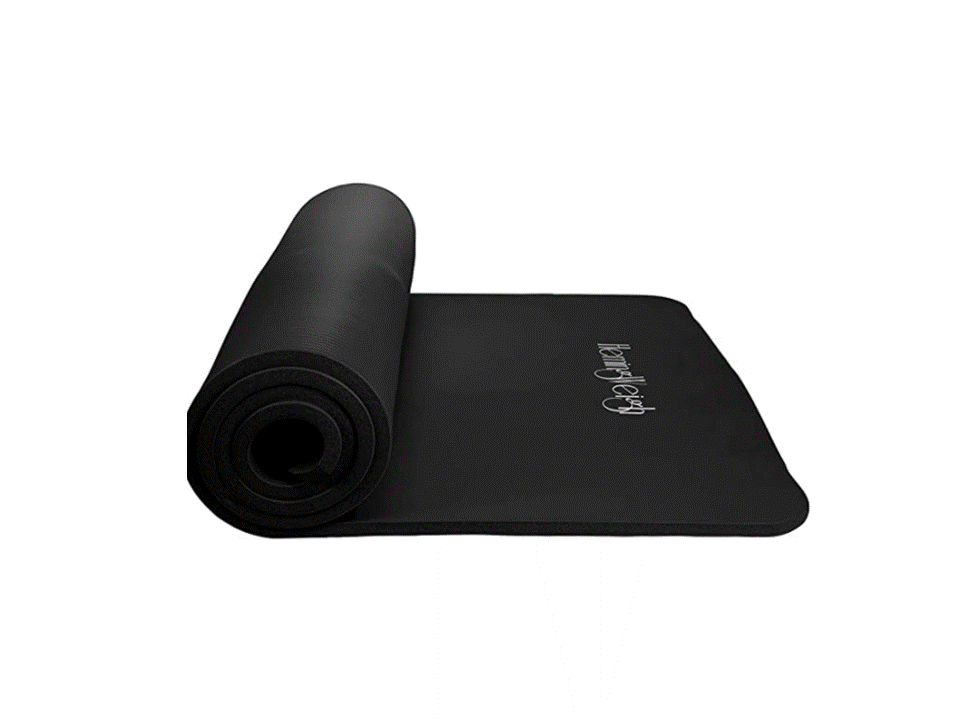
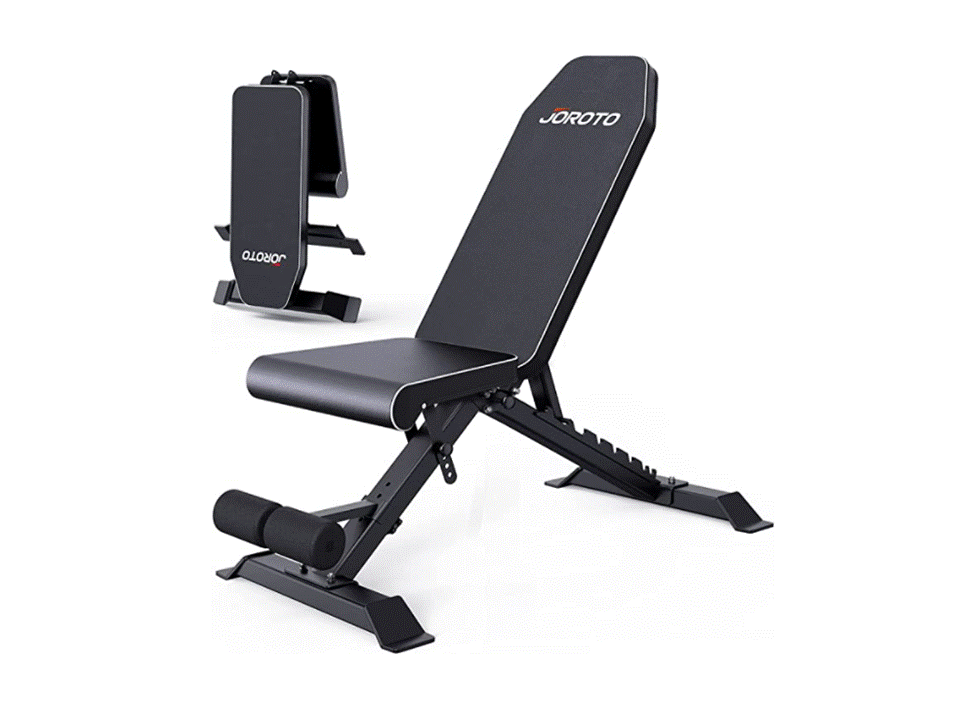











Comments